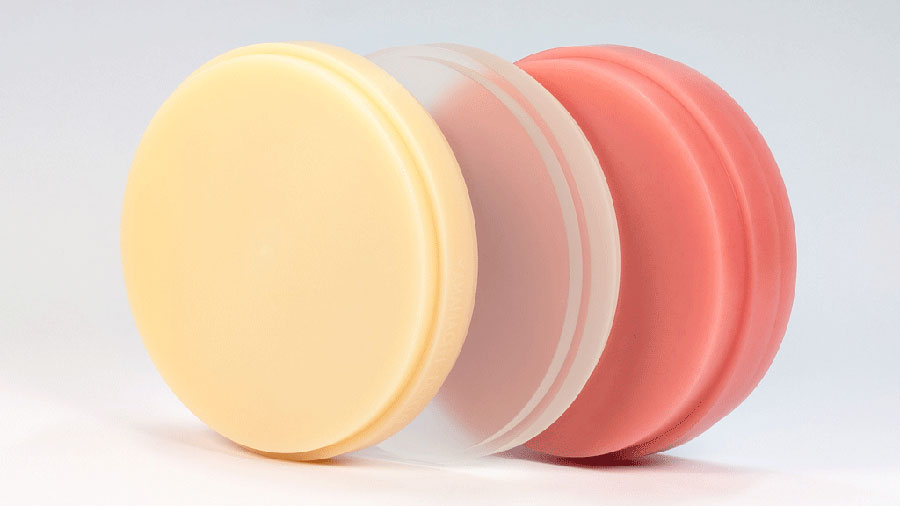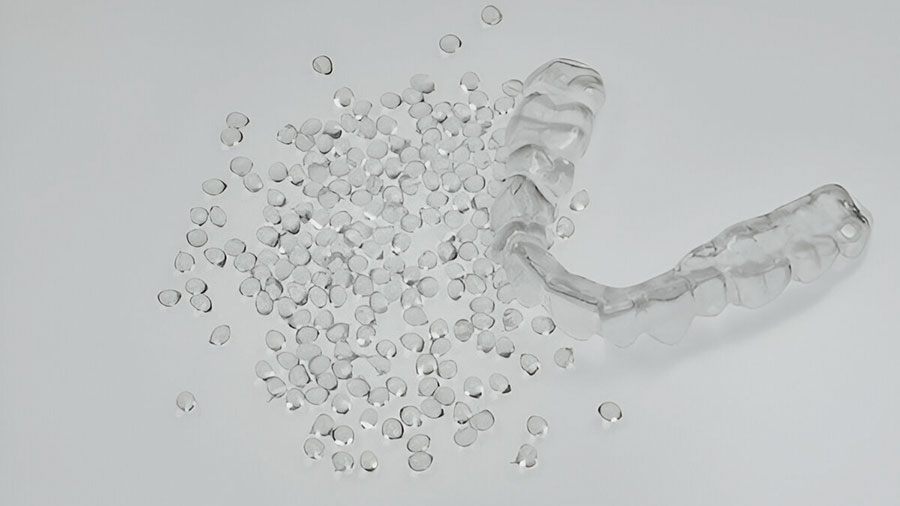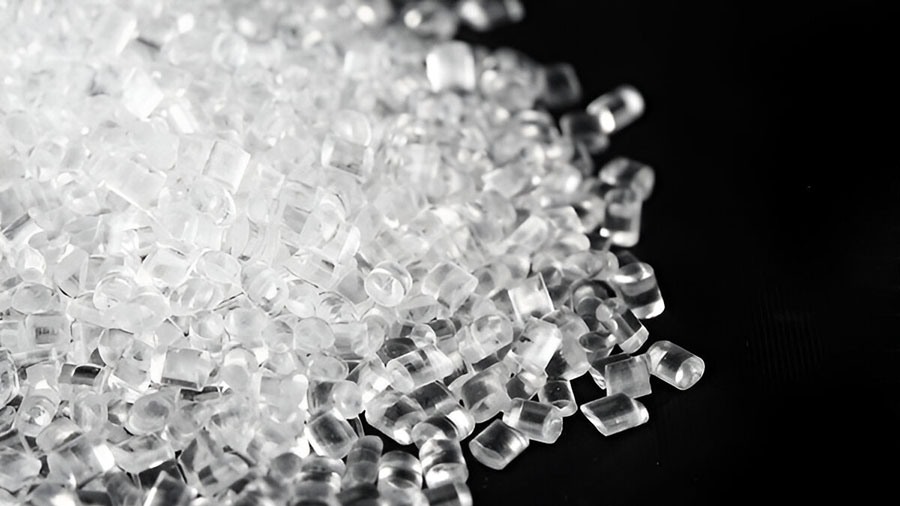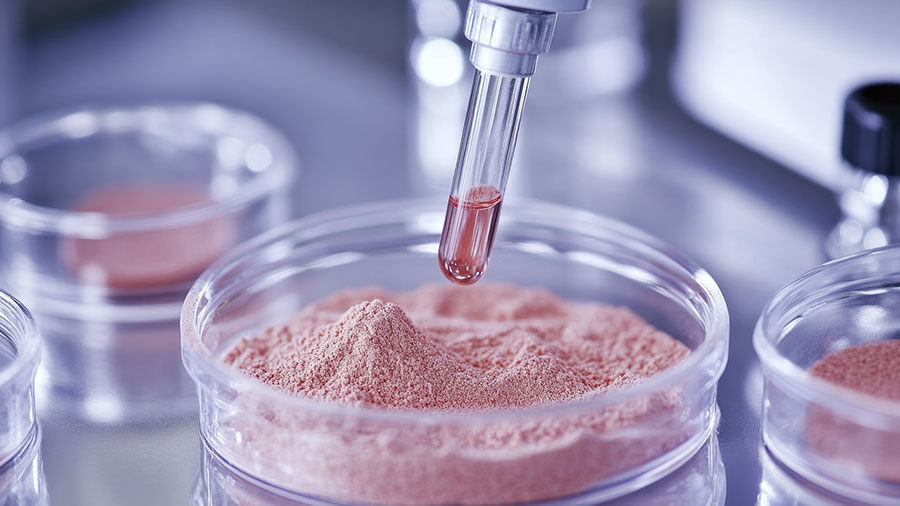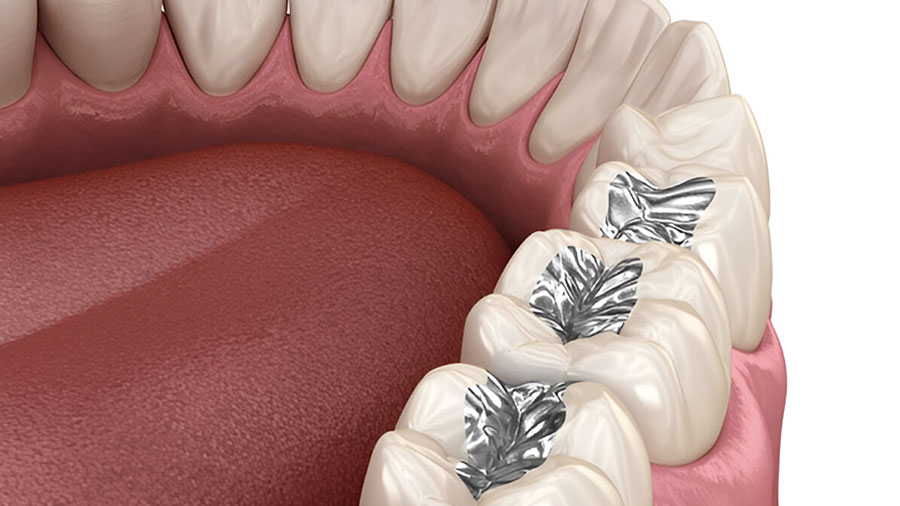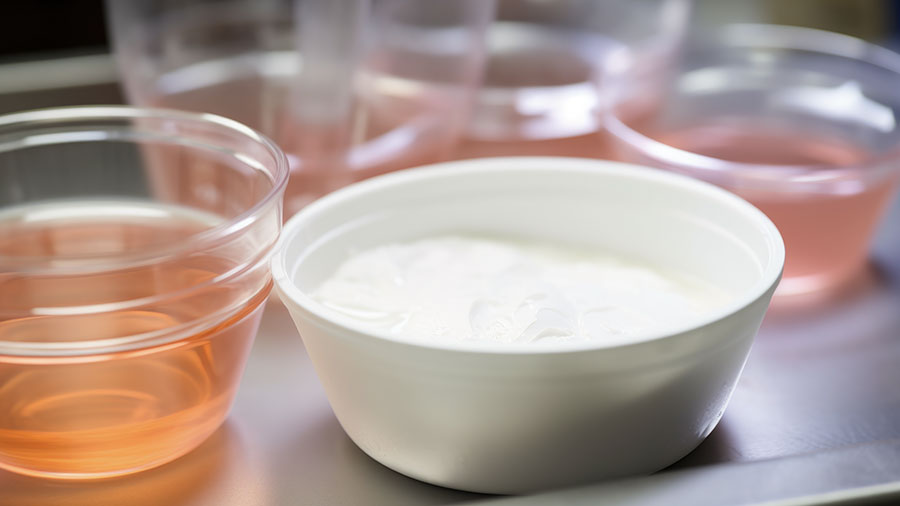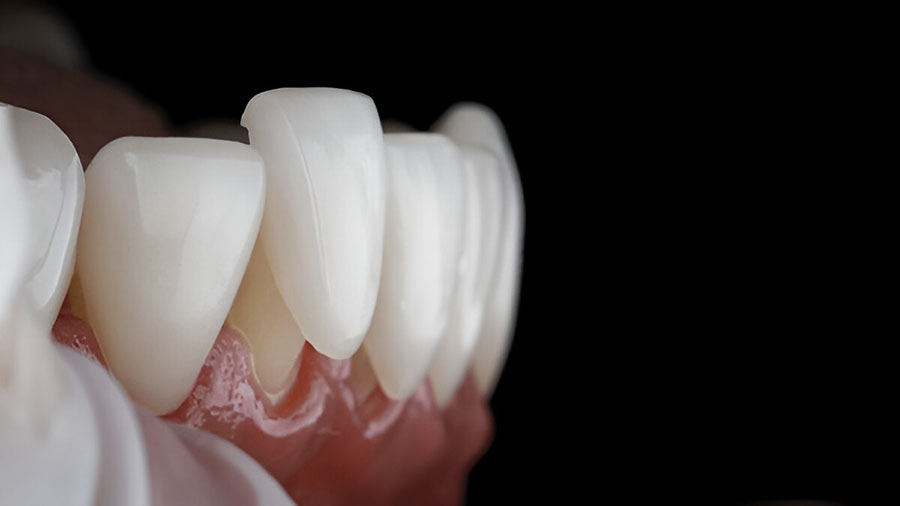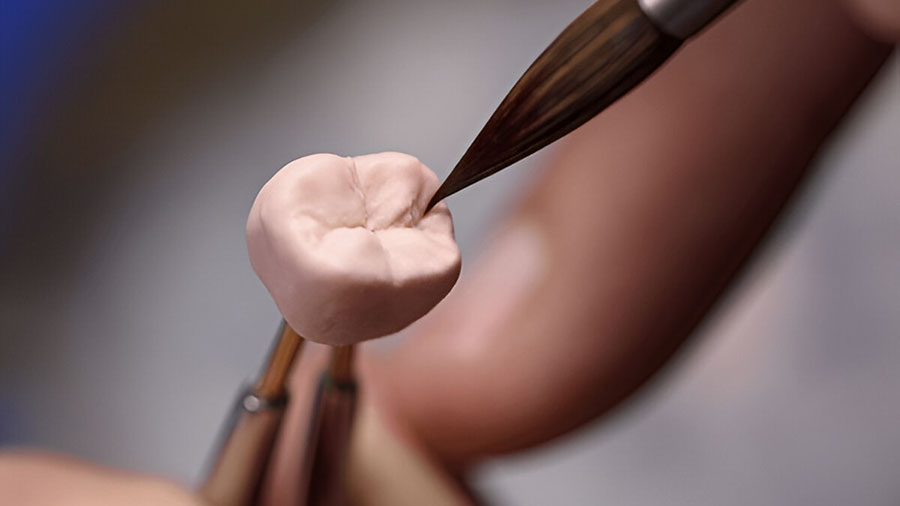Dental composites are an essential component in restorative dentistry, renowned for their tooth-colored appearance and versatile applications. They consist of two primary phases: an organic resin matrix and dispersed filler particles, which together form a durable and aesthetically pleasing material for dental restorations.
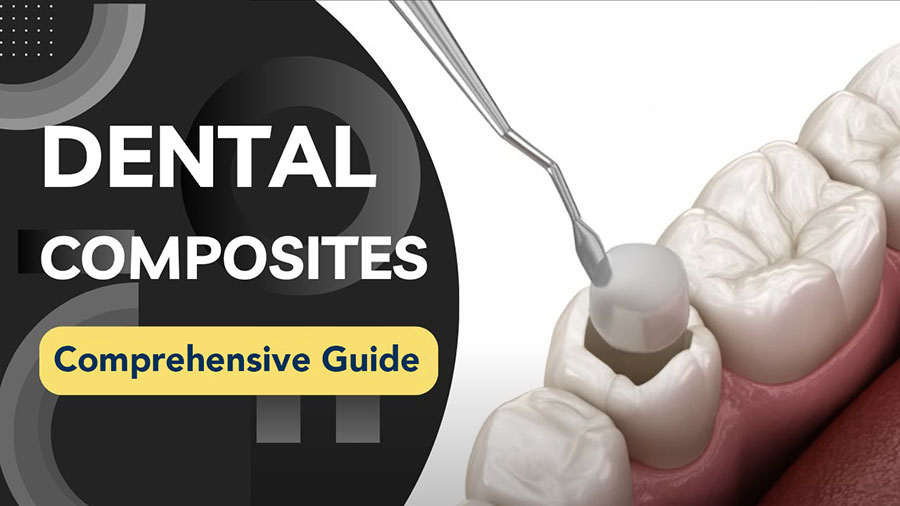
Table of contents [Show]
Definition and Basic Structure
Dental composites are designed to mimic the natural appearance of teeth while providing strength and durability. The basic structure includes:
Organic Phase: Resin Matrix
The resin matrix is the continuous phase that cures under light exposure. It typically includes base monomers such as BIS-GMA (Bisphenol A-Glycidyl Methacrylate) and diluent monomers like TEGDMA (Triethylene Glycol Dimethacrylate), UDMA (Urethane Dimethacrylate), and Bis-EMA (Ethoxylated Bisphenol A Dimethacrylate).
Inorganic Phase: Filler Particles
Fillers, composed of fine glass, quartz, silica, or zirconia/silica combinations, are embedded within the resin matrix. They enhance the composite’s elastic modulus, tensile strength, hardness, and wear resistance.
Coupling Agent
Silane coupling agents are used to chemically bond the filler particles to the resin matrix, ensuring the composite’s structural integrity and reducing wear.
Initiator System
Photoinitiators like camphorquinone, co-initiators such as tertiary amines, and chemical initiators for self-cure composites facilitate the curing process.
Additional Components
Inhibitors prevent premature polymerization, pigments provide shade matching, UV stabilizers prevent color changes, and radiopacifiers ensure X-ray visibility.
Classification of Dental Composites
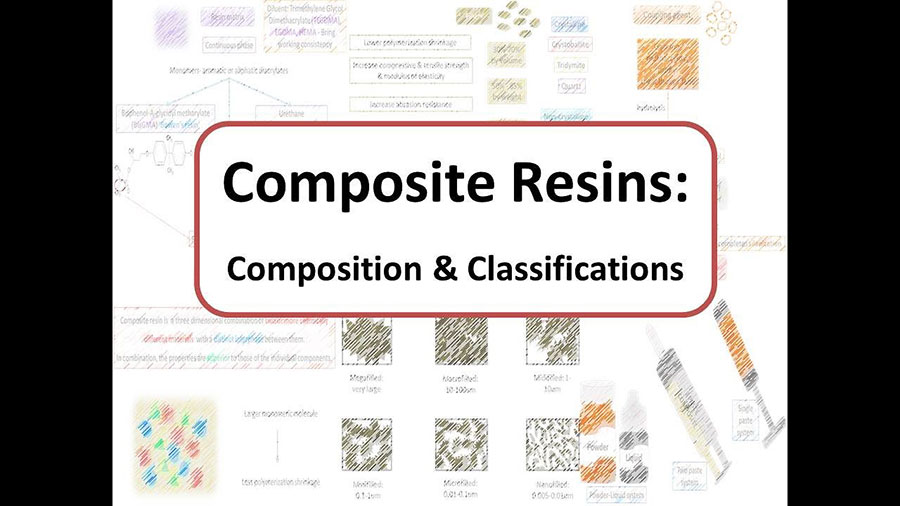
Dental composites are classified based on filler size, viscosity, and curing method:
By Filler Size
Macrofilled Composites: Large particles (10-50 μm) with poor polishability but high wear rate.
Microfilled Composites: Small particles (0.01-0.1 μm) offering excellent polishability and aesthetics but lower mechanical properties.
Hybrid Composites: A mix of particle sizes (0.04-5 μm) providing a balanced set of properties.
Nanofilled Composites: Superior polish retention and aesthetics with good mechanical properties.
Nano-hybrid Composites: Combine nano and micro particles for optimal performance.
By Viscosity
Flowable Composites: High fluidity and low filler content, ideal for small cavities and liners.
Packable/Condensable Composites: High filler content for better handling in posterior teeth.
Universal Composites: Medium viscosity suitable for most applications.
By Curing Method
Light-cured: Most common method.
Self-cured: Cures without light.
Dual-cured: Combination of light and chemical curing.
Properties of Dental Composites
Dental composites exhibit both physical and clinical properties:
Physical Properties: Include compressive strength (250-350 MPa), tensile strength (30-60 MPa), flexural strength (80-120 MPa), elastic modulus (10-20 GPa), hardness (50-100 KHN), and thermal expansion (25-40 ppm/°C).
Clinical Properties: Feature polymerization shrinkage (2-5%), water sorption (0.5-2%), variable wear resistance, good color stability, and radiopacity (1-3 mm Al equivalent).
Clinical Applications
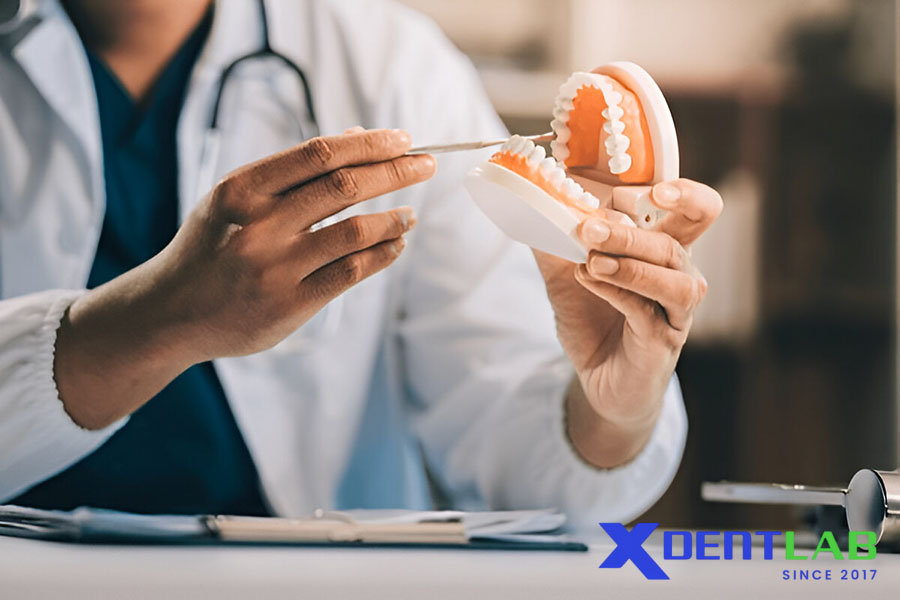
Dental composites are versatile, used in various clinical applications:
Anterior Restorations: Suitable for Class III, IV, V cavities, veneers, and diastema closure.
Posterior Restorations: Ideal for Class I and II cavities and core build-ups requiring high-strength composites.
Special Applications: Flowable composites for cavity liners and small restorations; bulk-fill composites for reduced chair time.
Advantages and Limitations

Advantages
Excellent aesthetics and conservative tooth preparation.
Bonds to tooth structure and can be repaired intraorally.
Mercury-free and allows single appointment procedures.
Limitations
Polymerization shrinkage and technique sensitivity.
Limited depth of cure and potential post-operative sensitivity.
More expensive than amalgam and time-consuming placement.
Recent Innovations and Future Directions
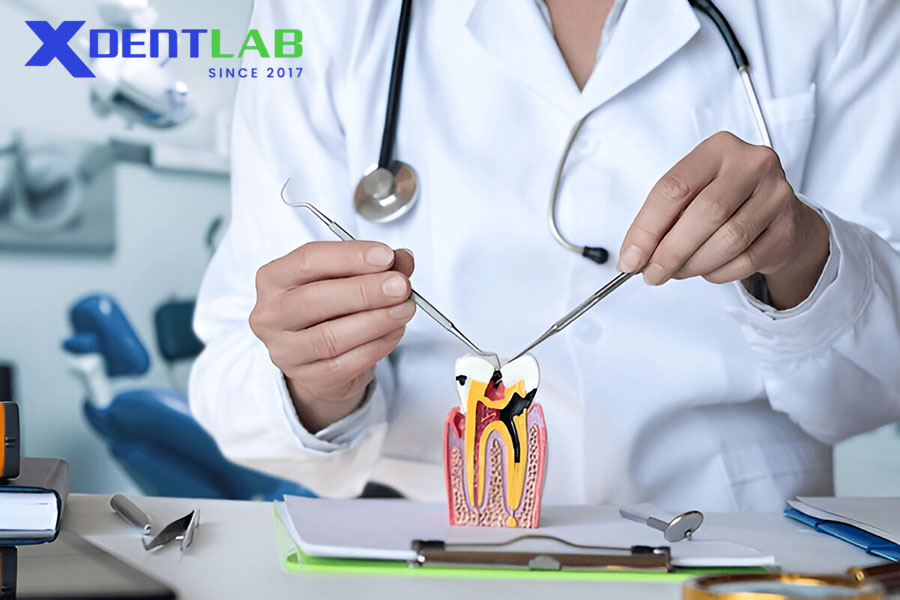
Innovations in dental composites include bulk-fill composites with increased depth of cure, bioactive composites promoting remineralization, and self-adhesive composites simplifying the bonding process.
Future developments aim to reduce polymerization shrinkage, improve biocompatibility, enhance antimicrobial properties, and introduce smart materials responsive to pH changes.
XDENT LAB is an expert in Lab-to-Lab Full Service from Vietnam, with the signature services of Removable & Implant, meeting U.S. market standards – approved by FDA & ISO. Founded in 2017, XDENT LAB has grown from local root to global reach, scaling with 2 factories and over 100 employees.. Our state-of-the-art technology, certified technicians, and commitment to compliance make us the trusted choice for dental practices looking to ensure quality and consistency in their products.

Our commitments are:
100% FDA-Approved Materials.
Large-Scale Manufacturing, high volume, remake rate < 1%.
2~3 days in lab (*digital file).
Your cost savings 30%.
Uninterrupted Manufacturing 365 days a year.
Contact us today to establish a strategy to reduce operating costs.
--------❃--------
Vietnam Dental Laboratory - XDENT LAB
🏢 Factory 1: 95/6 Tran Van Kieu Street, Binh Phu Ward, Ho Chi Minh City, Vietnam
🏢 Factory 2: Kizuna 3 Industrial Park, Can Giuoc Commune, Tay Ninh Province, Vietnam
☎ Hotline: 0919 796 718 📰 Get detailed pricing





